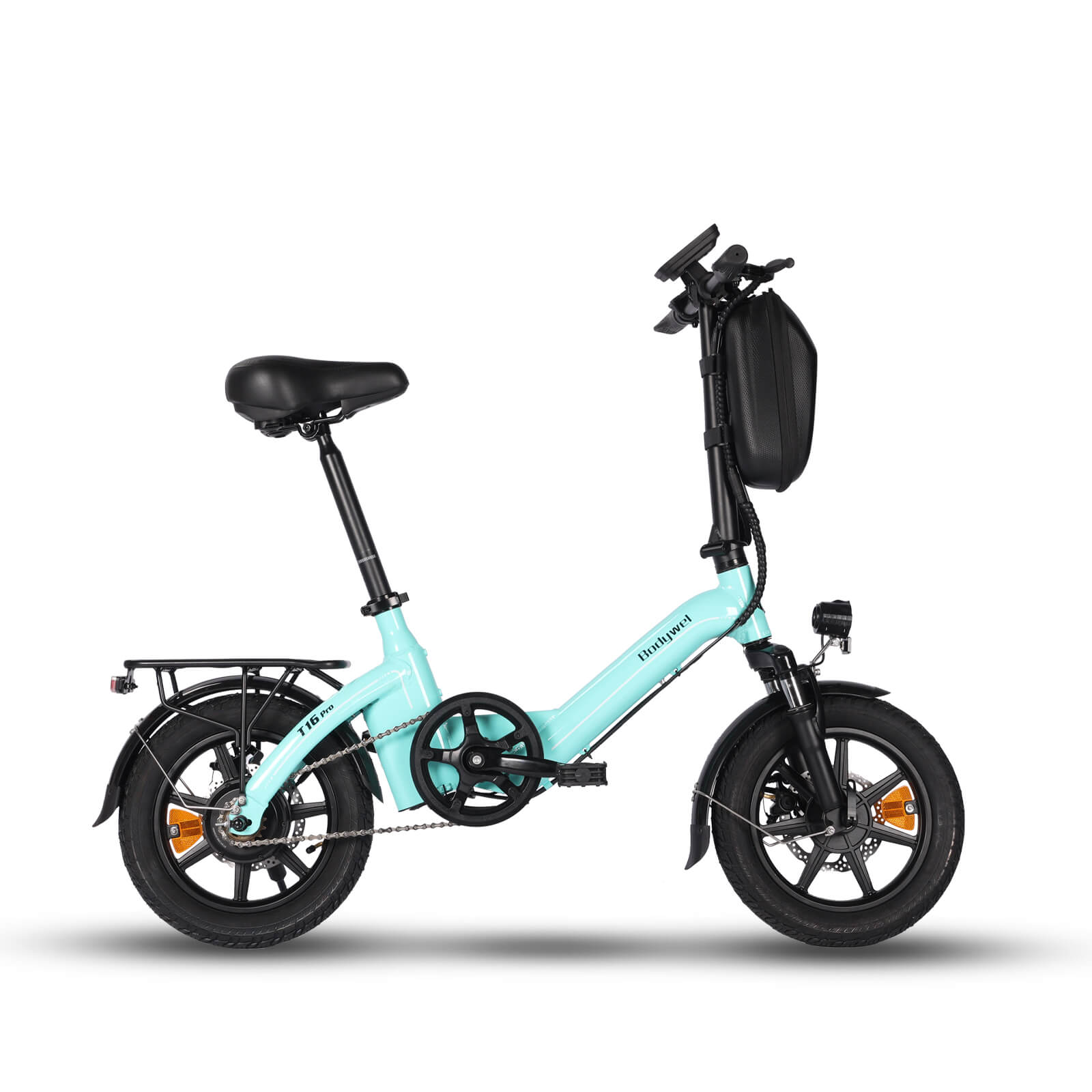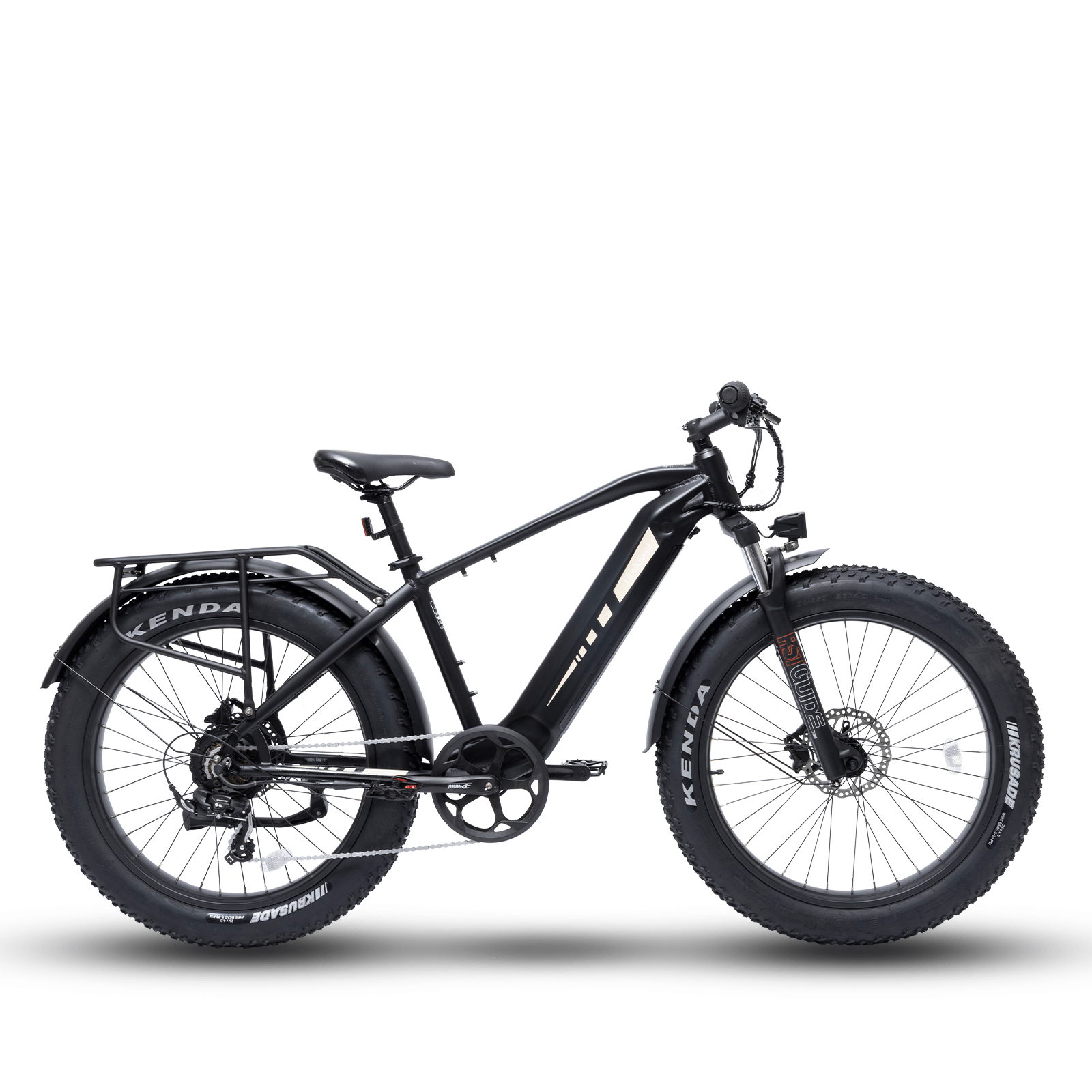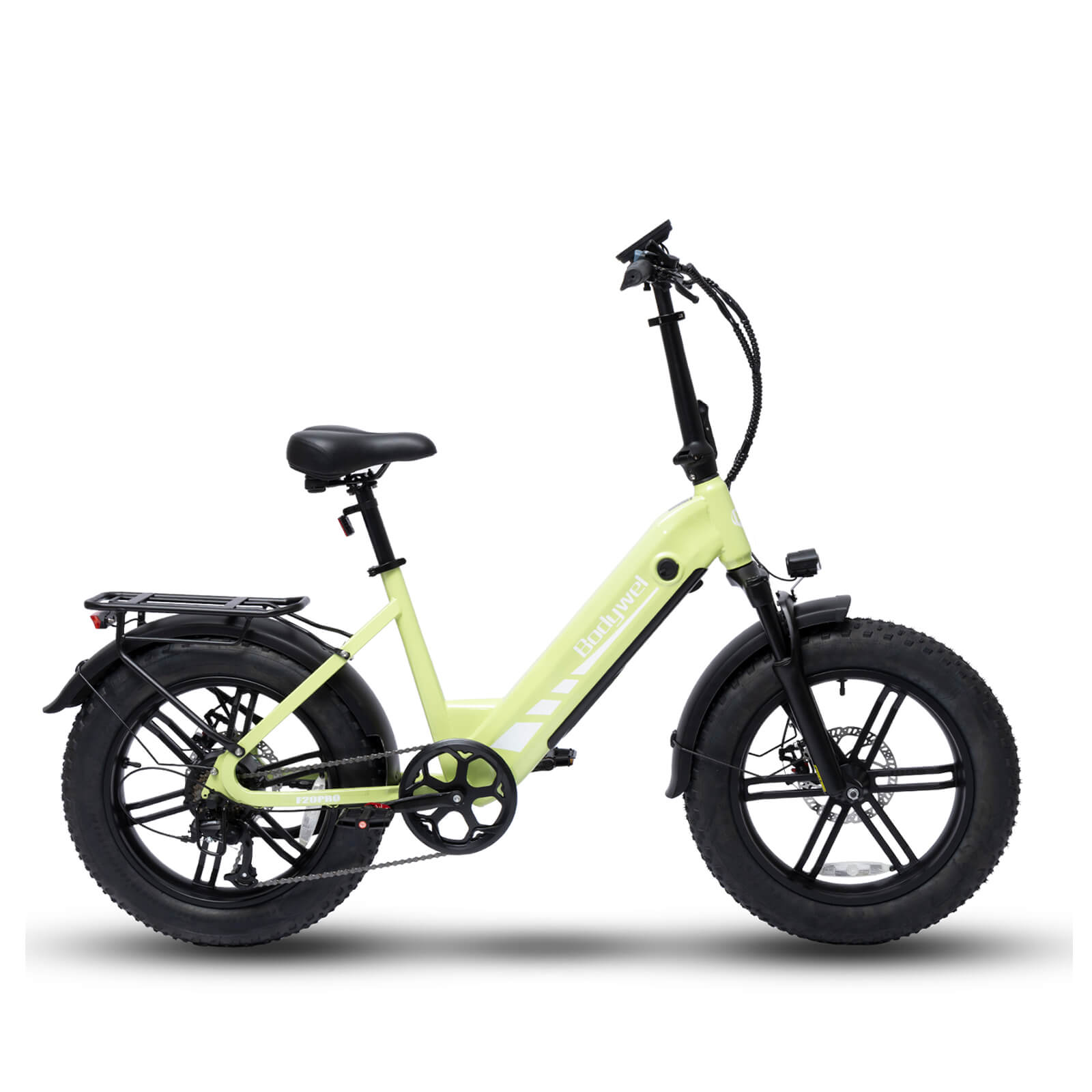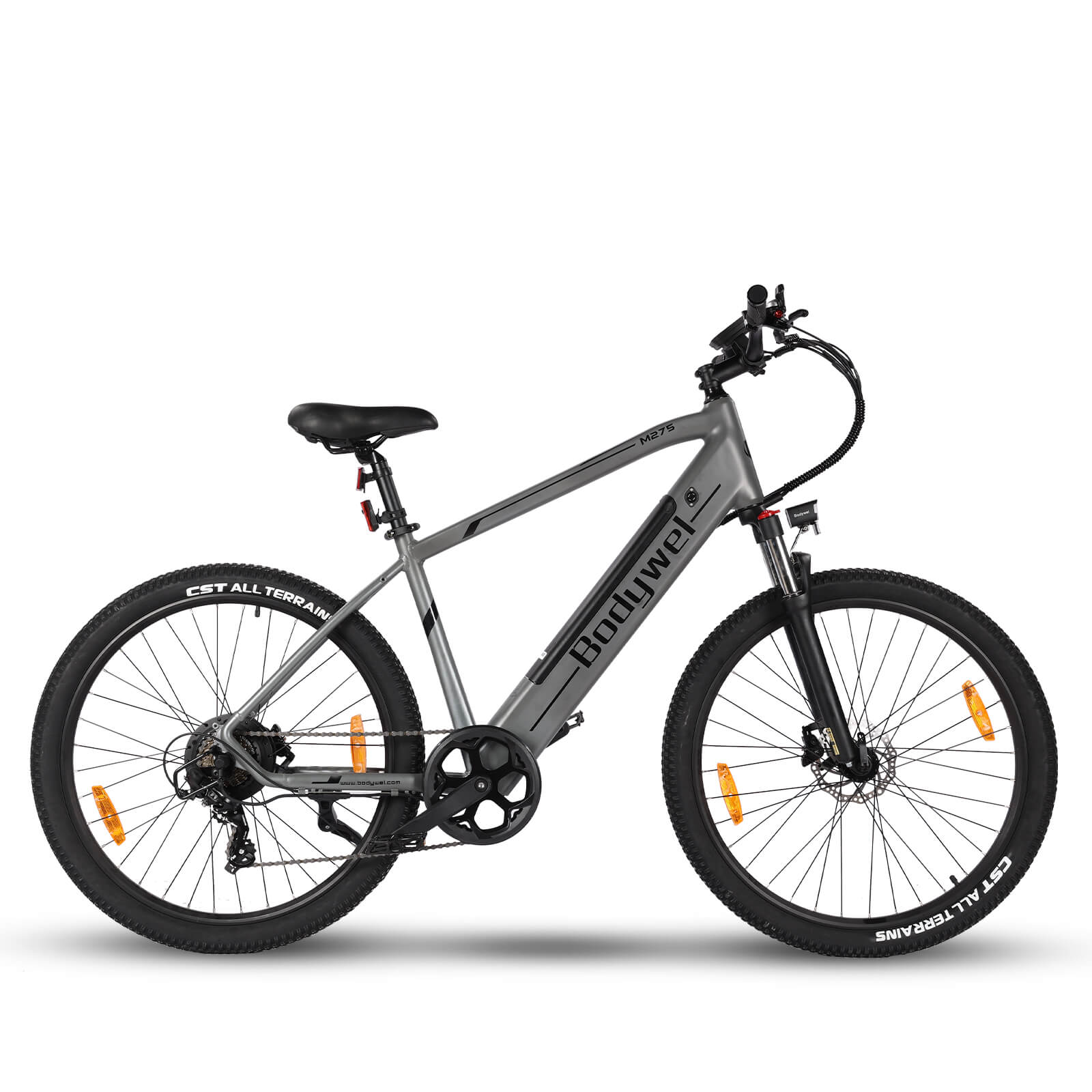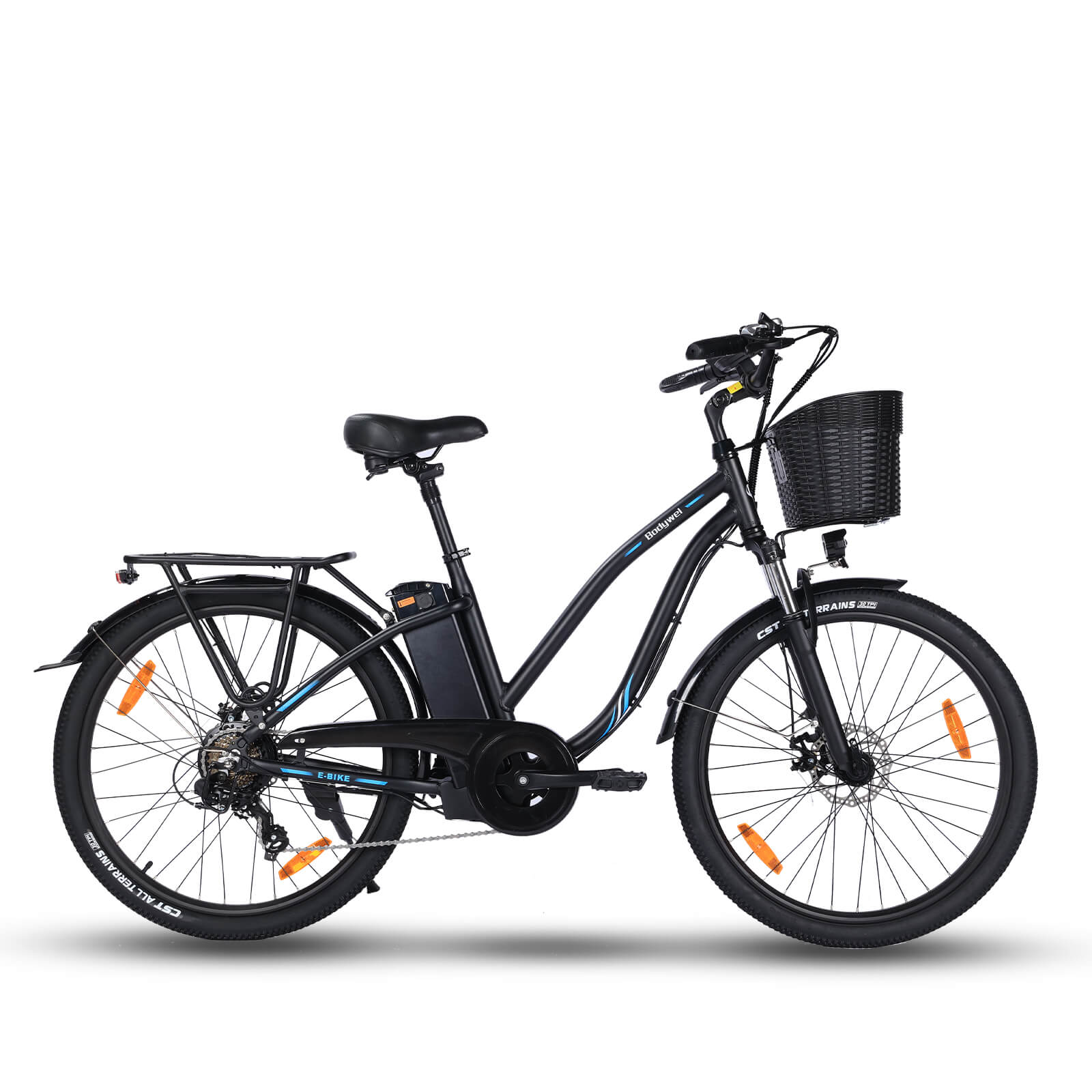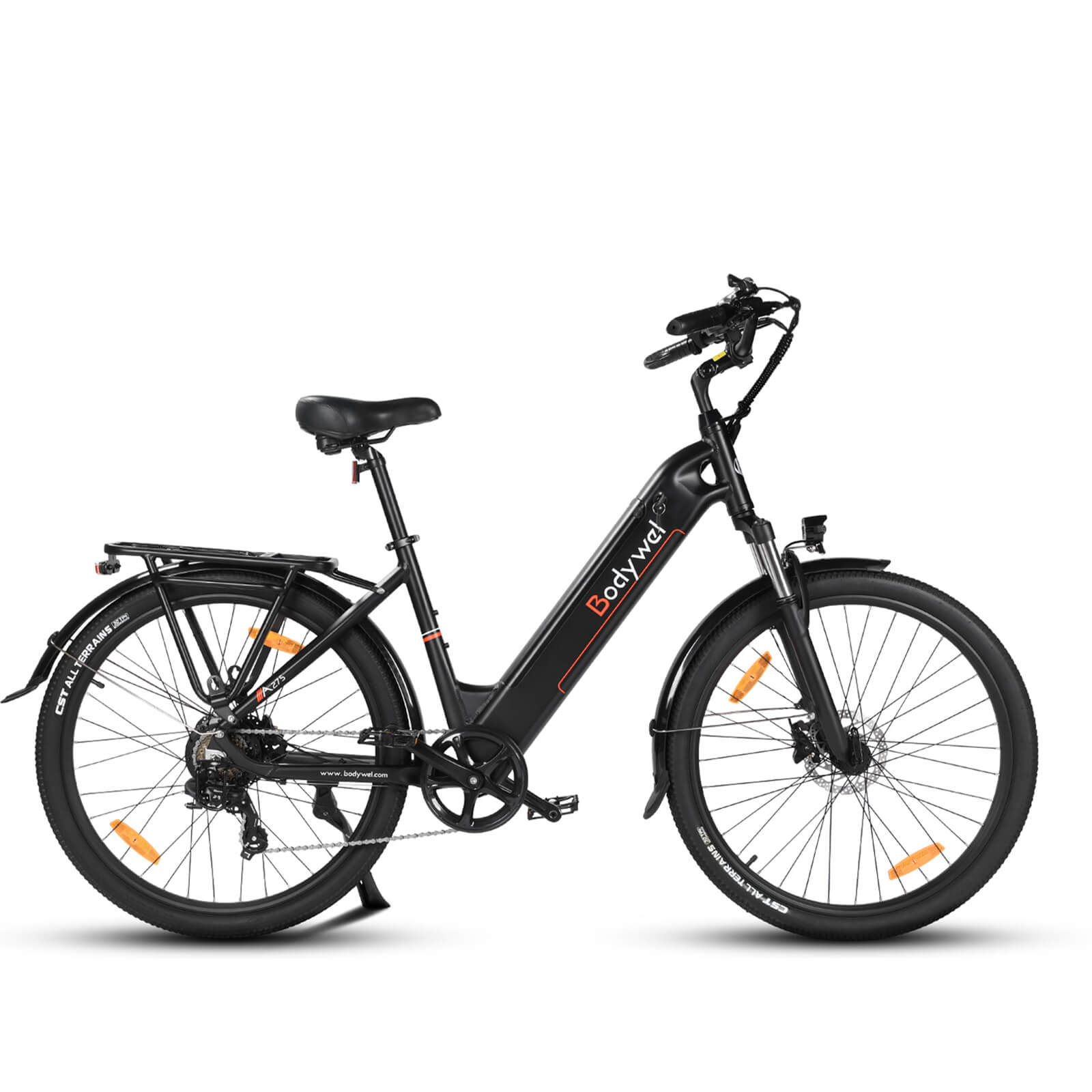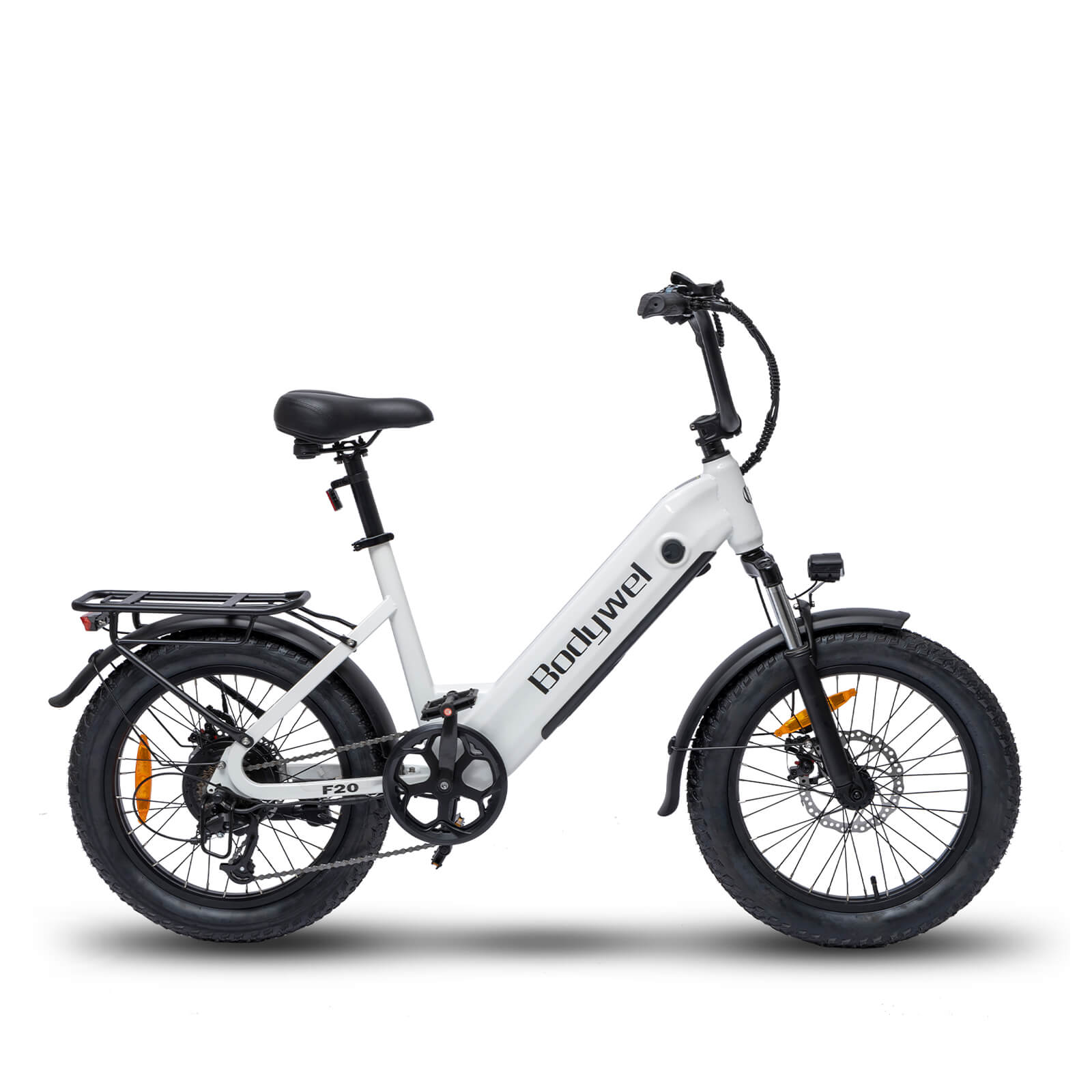Giant Mountainbike Guide: 5 Features, die Fahrer kennen müssen

Wichtige Funktionen eines Giant Mountainbikes, die jeder Fahrer erkunden sollte
Giant Mountainbikes sind auf Leistung, Langlebigkeit und Vielseitigkeit ausgelegt. Dieser Ratgeber beleuchtet fünf entscheidende Merkmale, die Premiummodelle auszeichnen und hilft Fahrern, fundierte Entscheidungen für Trail- und Offroad-Abenteuer zu treffen.
Fortschrittliche Rahmenkonstruktion
Die von Giant entwickelten ALUXX-Rahmen aus Aluminium und Carbonfaser setzen Branchenmaßstäbe in puncto Festigkeit und Gewicht. Fahrer, die Wert auf Agilität legen, bevorzugen Carbonmodelle, während Aluminium für Robustheit und einen erschwinglichen Preis sorgt.
ALUXX Aluminium vs. Kohlefaser
ALUXX-Rahmen werden durch Hydroforming präzise geformt und erhöhen so die Steifigkeit. Das Giant Trance X nutzt diese Technologie beispielsweise, um die Reaktionsfähigkeit auf dem Trail zu optimieren. Carbon-Varianten, wie die der Reign-Serie, reduzieren das Gewicht um 20 %, ohne die Haltbarkeit zu beeinträchtigen.
Federungssysteme für unterschiedliches Gelände
Die Maestro-Federung von Giant mit Floating-Pivot-Design bietet einen Federweg von 141–160 mm. Dieses System sorgt für Traktion bei technischen Abfahrten und überträgt gleichzeitig die Pedalkraft effizient – entscheidend für Enduro- und All-Mountain-Fahrten.
Radgröße und Leistungsdynamik
Moderne Giant MTBs bieten 27,5-Zoll-Laufräder (für bessere Manövrierfähigkeit) oder 29-Zoll-Laufräder (für höhere Überrollgeschwindigkeit). Das Stance 29 (2024) ist ein Beispiel dafür, wie größere Laufräder die Stabilität auf steinigen Trails verbessern, sich in engen Kurven jedoch weniger wendig anfühlen.
Antriebstechnologie und Übersetzungsverhältnisse
Modelle wie das Talon verfügen über 1x12-Antriebe mit 50-Zähne-Kassetten, wodurch die Komplexität des Umwerfers entfällt. Dieses Setup eignet sich für steile Anstiege, wie man an den mit SRAM Eagle ausgestatteten Modellen sieht.
Ergonomisches Design für lange Fahrten
Kontaktpunkte sind wichtig: Giants D-Fuse-Sattelstützen absorbieren Vibrationen, während Tubeless-Ready-Reifen (z. B. Giant CrossCut) das Risiko von Durchschlägen reduzieren. Testfahrer berichten dank dieser Eigenschaften von 30 % weniger Ermüdung auf 4-stündigen Fahrten.
Wenn Sie Giant Mountainbikes bewerten, sollten Sie diese fünf Elemente priorisieren, um sicherzustellen, dass sie den Anforderungen des Trails entsprechen. Machen Sie immer eine Probefahrt, um die persönliche Passform zu beurteilen – die Geometriepräferenzen variieren je nach Körpergröße und Fahrstil des Fahrers.
0 Kommentare




